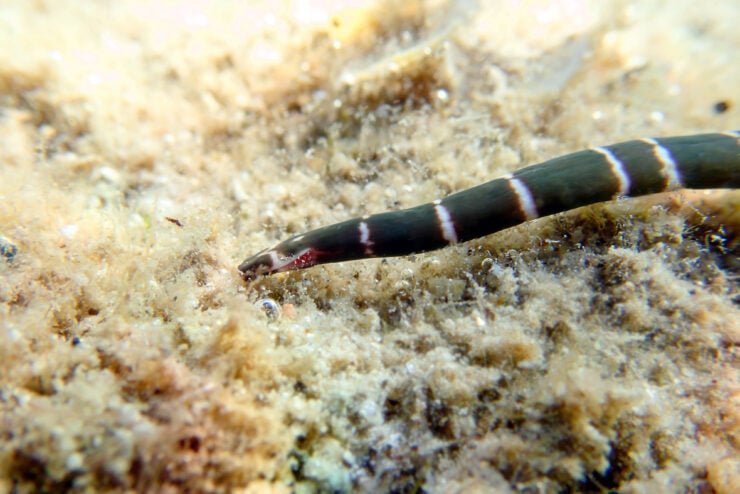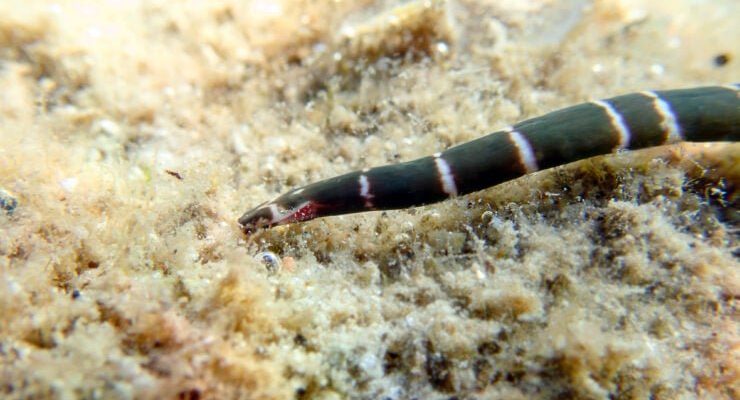
It’s easy to get swept away with the idea of having ribbon worms gliding gracefully among your fish. However, there’s a lot to consider before you make the plunge. Think of it like planning a road trip. You wouldn’t start driving without checking the map and making sure your car is in good shape, right? In this case, setting up an aquarium for ribbon worms requires similar preparation and understanding. Let’s dive into what you need to know.
Understanding Ribbon Worms
Ribbon worms are unique and come in various colors and lengths. Some can be just a few inches long, while others can stretch over 30 feet! They’re slippery, flexible, and live in different habitats, from sandy ocean floors to rocky shores. But how do they function in the wild?
These worms are predatory, often feeding on small crustaceans and even other worms. They use a remarkable feature called a **proboscis**—think of it like a long, sticky tongue—to catch their prey. This makes them fascinating but also a little tricky to care for in an aquarium setting.
Ideally, in their natural habitats, ribbon worms thrive in environments with proper water conditions, food availability, and space to hide. So, if you’re considering putting them in your aquarium, you’ll need to mimic these *natural* settings as closely as possible.
Water Conditions for Ribbon Worms
One of the most critical factors in keeping ribbon worms is maintaining suitable water conditions. Honestly, these worms are pretty sensitive to their environment. They prefer slightly brackish water—this means a mix of fresh and saltwater.
Here’s a quick checklist for water conditions:
- Salinity: Aim for a salinity level around 1.020–1.025.
- Temperature: Keep it between 68°F to 78°F (20°C to 25°C).
- pH levels: Maintain a pH of 7.5 to 8.5 for optimal health.
- Filtration: Gentle filtration is key; too much turbulence can stress them.
You might be wondering why each of these factors matters so much. Well, ribbon worms can be sensitive to changes in their environment. If the water gets too salty or mismatched in temperature, it could lead to stress or even death. So, think of it like getting a comfy blanket that they can snuggle into; the right conditions can make all the difference.
Feeding Ribbon Worms
Feeding ribbon worms can be both simple and a bit tricky. They’re carnivorous, which means they primarily eat meat. This can include small crustaceans, bloodworms, or other marine invertebrates. Here are some tips for feeding them:
- Variety is key: Offer a range of foods to keep them healthy and happy.
- Size matters: Ensure the food is small enough for them to capture and eat.
- Frequency: Feed them a couple of times a week, adjusting based on their appetite.
Feeding them can be a sight to behold. Picture this: you drop a small morsel into the water, and suddenly, the ribbon worm extends its proboscis, snatching the food like a ninja! It’s fascinating, but also a reminder that these creatures need good nutrition to survive in an aquarium.
Tank Setup for Ribbon Worms
Setting up the right tank environment for ribbon worms is crucial. You wouldn’t throw a pet hamster into an empty box, right? The same goes for ribbon worms. Here’s what you should consider when setting up their tank:
- Space: A bigger tank is better; aim for at least 20 gallons to give them room to roam.
- Substrate: Use sand or fine gravel, allowing them to burrow and feel safe.
- Hiding places: Include rocks, artificial plants, or PVC pipes to create places where they can hide.
You might also want to incorporate some gentle wave makers or air stones. Ribbon worms like some water movement, but not so much that it turns their home into a mini water park. Remember, replicating their natural habitat is the goal here.
Common Challenges in Keeping Ribbon Worms
Nothing ever goes perfectly, and keeping ribbon worms isn’t without its challenges. You might encounter issues with water quality, feeding, or even compatibility with other tank mates. Here are some common problems you might face:
- Stress: If the water isn’t right, they can become stressed, leading to health issues.
- Predatory behavior: If kept with fish, ribbon worms can become snacks. Choose tank mates wisely.
- Hiding too much: While they need places to hide, if they hide too often, it could indicate stress or discomfort.
Being attentive to these challenges will make your experience much smoother. If you notice any signs of distress, don’t hesitate to test the water conditions or adjust the tank setup.
In short, ribbon worms are indeed beautiful and unique creatures—but keeping them in an aquarium isn’t a walk in the park. They require **specific water conditions**, a well-planned tank setup, and a suitable diet to thrive. If you’re ready to take on the challenge, it can be very rewarding to watch these fascinating creatures in action.
Remember, every pet comes with its own set of joys and responsibilities. So, do your homework, be patient, and you just might have a stunning ribbon worm display in your home. Happy fishkeeping!

